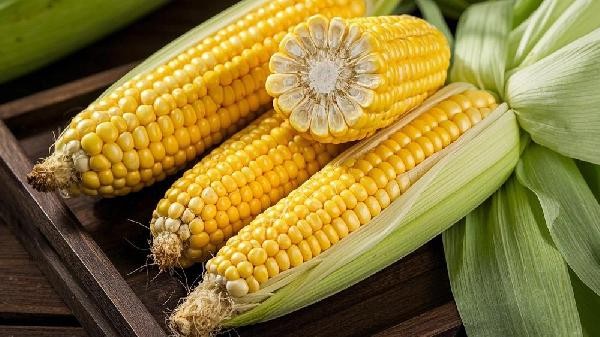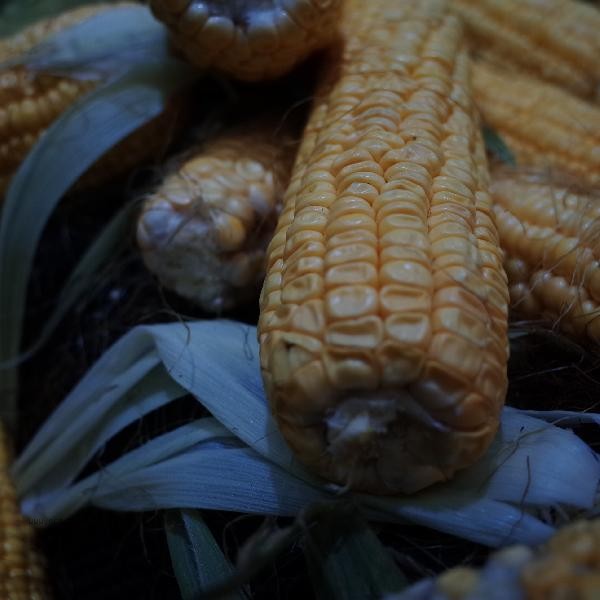The hardness of glutinous corn is usually caused by variety characteristics or incomplete maturity, and may also be related to factors such as prolonged storage time, water loss, and improper cooking methods.

Glutinous corn itself has a more sticky texture than ordinary corn, but if the taste is too hard, the first thing to consider is the variety difference. Some old varieties or specific production areas of glutinous corn have a tighter starch structure, and even after sufficient cooking, it will still retain a certain degree of hardness. Glutinous corn harvested too early has not completed starch conversion, with thick skin and insufficient internal moisture content. After cooking, it has a noticeable grainy texture. This type of situation can be improved by extending the cooking time. It is recommended to boil in cold water and then reduce the heat to low for at least half an hour to allow the heat to fully penetrate. If stored improperly and causes hardening, it is often accompanied by skin wrinkling, darkening of color, and other phenomena. After harvesting glutinous corn, its respiration is vigorous. Storing it at room temperature for more than two days can accelerate starch aging, while refrigerating it for more than a week may cause frostbite to the cell structure. When purchasing, it is recommended to choose corn with fresh and plump bracts. If not consumed in the short term, the outer skin can be peeled off and vacuum frozen for storage. No need to thaw before cooking, boiling water directly in the pot can maximize the restoration of taste. For corn that has already dried out, you can try soaking it in light salt water for two hours before cooking, or cutting it into sections and stewing it with ingredients such as pork ribs for a long time.

When selecting glutinous corn in daily life, you can lightly pinch the particles with your nails, and those with milky white juice and emerald green bracts are fresher. When cooking, avoid using a pressure cooker for quick processing. Slow cooking helps to fully gelatinize the starch. If long-term consumption of hard waxy corn may increase gastrointestinal burden, it can be eaten with Congee or soup. When storing, pay attention to isolating air and moisture. It is recommended to consume frozen corn within two months to maintain the best flavor.









Comments (0)
Leave a Comment
No comments yet
Be the first to share your thoughts!